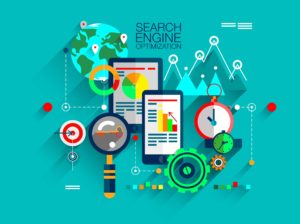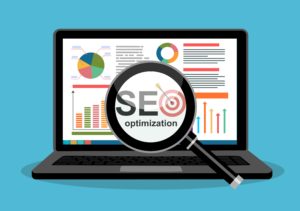
You have a product or service you are passionate about, and a wide-open marketplace to sell to, but an understanding of the Marketing Funnel could be the best way to create synergy.
In an ideal world, bringing your sales offering to your target audiences should be effortless and profitable. However, organisations with even the most outstanding products and services still have their work cut out for them.
Competition is rabid, and consumers are bombarded by information from all directions. It’s only by devising and constantly revisiting marketing strategies and plans, that companies can ensure they achieve sales targets. And achieve them consistently.
The Marketing Funnel as a sales tool
One of the best ways to develop a route to market, that gives you the greatest chance of success, is to mould your marketing activities around the journey a buyer would go on. The most commonly used tool for this is the Marketing Funnel.
Imagine the shape of a funnel, with a great deal of activity at its wider point. You need to encourage a flow down the funnel as it narrows, resulting in a condescend amount of sales activity at the “sharp” end.
Different models use different terminology, but the principles are usually similar. It all comes down to strategies based on the five stages of the Marketing Funnel: Awareness; Engagement/interest; Evaluation; Commitment/Purchase; and Retention.
1. Awareness
The way you make your potential customers aware of you doesn’t rest entirely on having a kick-ass website. Though it is a great start.
You need to ask yourself what you’re doing as a company to drive traffic to your website. How will your customers find you? Is your SEO maximised? Plus, do large numbers of website visitors stay for a few seconds and then “drop off”?
This all means that your digital marketing campaign needs to build on all channels of communication, particularly social media. And, your brand identity needs to be embedded effectively into your website, along with sufficient amounts of calls to action.
In other words, your digital footprint needs to be big, but also strong enough to drive customers down to the next stage of the Marketing Funnel.
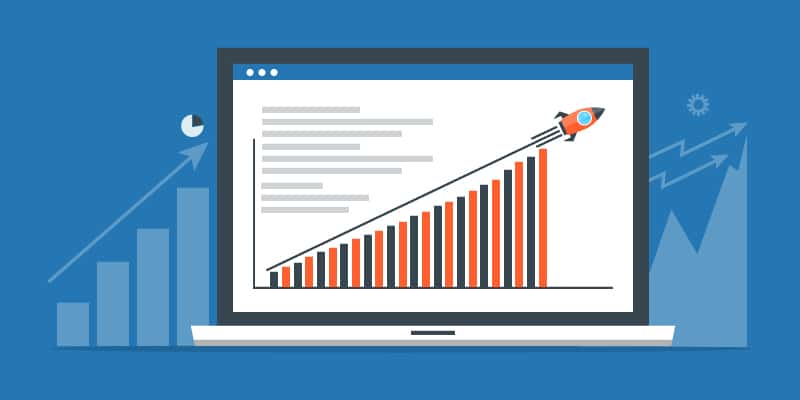
2. Engagement/Interest
Having secured that flicker of awareness, the next function of your sales and marketing activity is to convert that into an interest in your product or service.
This comes down to how well your website grabs and holds the attention of visitors. Is it easy enough to navigate around, to ensure your potential customers browse long enough to pass further along on their journey?
At this point, you should largely focus on two subtly different strands. Showing that your product or service meets your customer’s needs. Or, convincing them that they need your product in the first place.

3. Evaluation
Through carefully planned content and creative imagery – that reflects your brand identity – you take customers to the next stage. This is when they are genuinely considering your product or service – they are a hot prospect.
In some ways, this can be the trickiest stage to mandate for. How can you give customers a “push” that turns their evaluation into a sale, without being pushy?
One of the methods sometimes used is an exit pop-up on a website. Though pop-ups, in general, have a mixed reputation, an exit message can be a great tool to convert someone considering buying, into a customer.
For example, an online basket that is abandoned before completion could result in a pop-up to ask if they are sure they want to miss out on those great items. The exit pop-up could even include a special offer or incentive to encourage them to return to their shopping and complete the transaction.
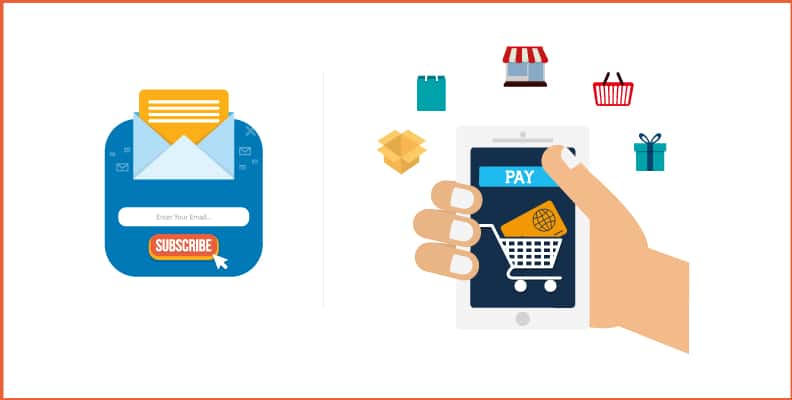
4. Commitment/Purchase
Having secured sufficient interest to illicit a transaction, your planning and consideration are far from over.
For example, the way order fulfilment is handled, can be crucial. If a customer feels the checkout is too confusing, slow or complex, they could pull out. If the product or service is not what was expected, then they could well be demanding their money back.
Also, thought needs to be given to your opportunities to up-sell during or after a successful transaction. Again, it’s a fine line between alienating customers at this stage of their journey and making sure you reap maximum sales potential.
The term often most applicable at this stage is “added value”. Having secured a sale, how can you provide the customers with information, advice or offers that enhance their buying experience. Then, from this, what further products or services can you “bolt on”.
This can be something integrated into the fulfilment process or a follow-up email.
For example, a customer buying a toy is offered batteries and a carry case at a discount during their purchase. Someone who bought a Wok receives a follow-up email about a great new recipe book and Chinese cookery utensils as a special offer.

5. Retention
This stage of the Marketing Funnel is the concentrated essence of the customer journey.
Your digital marketing activities need to be sufficiently savvy, to build loyalty. At the very least, you want your customers to come back and buy more. Or, to buy more often.
Ideally, you want them to become brand advocates, so happy with your product and service that they start to spread the word. Word of mouth – both literal and digital – is the most powerful sales tool available to you.
If your customer provides you with a positive review or compliments you via social media or a web testimonial, it’s sales gold dust.
To some degree, this final stage in the Marketing Funnel is the most crucial. It is a widely known fact that it costs less to keep customers than it does to invest in acquiring new ones.
Plus, happy customers have that potential to draw in more new business.
Squandering such a valuable a resource doesn’t make any commercial sense. Particularly as a well-planned digital marketing campaign can keep them engaged for a relatively little cost.
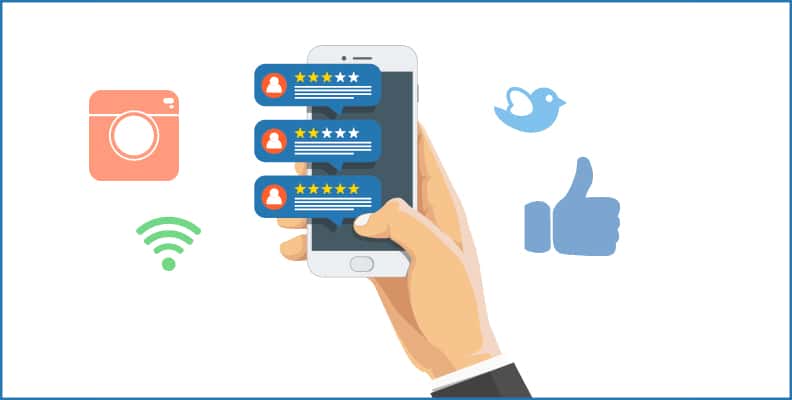
How to plan around the Marketing Funnel
One of the best starting points of improving sales at your organisation is to evaluate your customers’ journey along these lines. Where are you losing too many potential customers? Are their sticking points, bottlenecks or leaks?
anova is a digital marketing agency that truly puts into practice the ethos outlined above – on behalf of ourselves and of course our growing client base.
To boost your sales, by taking full advantage of Marketing Funnel strategies, plans and activities, contact us today.

